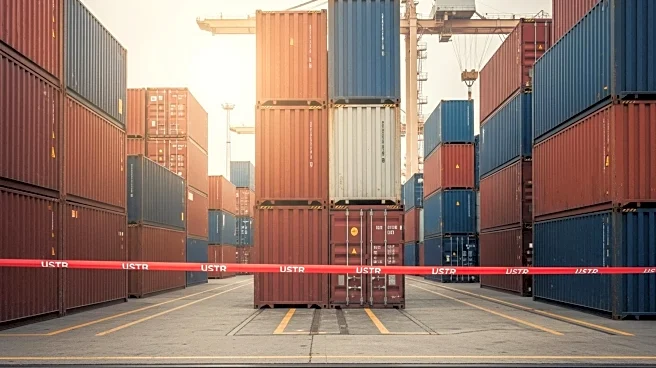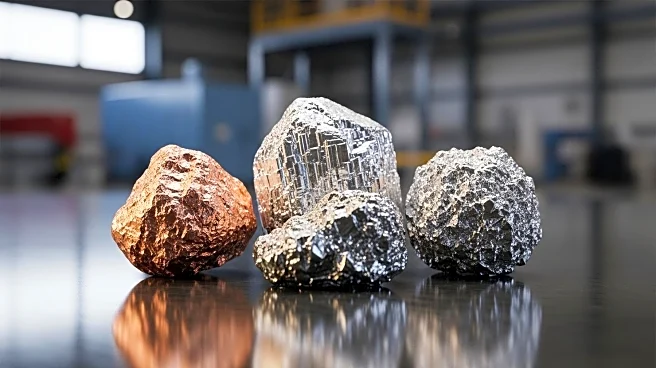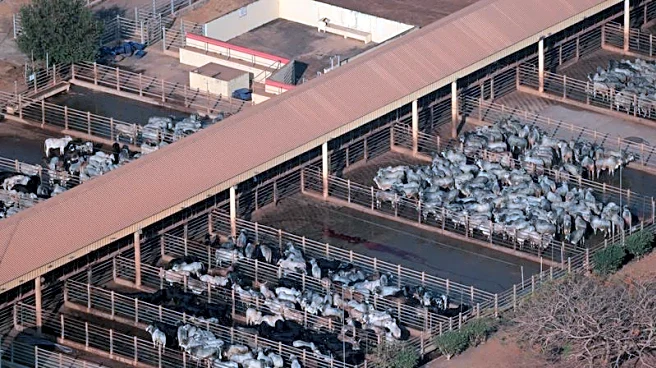What is the story about?
What's Happening?
China has announced new export controls on rare earth production technology, aiming to solidify its dominance in the sector amidst growing competition with the United States. The Ministry of Commerce emphasized the need for exporters to be aware of compliance and the dual-use nature of their products. Rare earth elements are crucial for manufacturing various high-tech products, including electric vehicles and smartphones. China currently leads global production, accounting for 70% of mining and over 90% of processing capacity for heavy rare earth elements. This move is part of the ongoing trade tensions between China and the U.S., where rare earths have become a strategic leverage point.
Why It's Important?
The export controls could significantly impact U.S. industries reliant on rare earth elements, such as technology and defense sectors. As China strengthens its grip on rare earth supplies, U.S. companies may face increased costs and supply chain disruptions. This development underscores the strategic importance of rare earths in global trade and the potential for geopolitical tensions to affect economic stability. The U.S. may need to explore alternative sources or increase domestic production to mitigate dependency on Chinese exports.
What's Next?
The immediate effect of these controls will likely prompt U.S. policymakers and businesses to reassess their strategies regarding rare earth procurement. Potential responses could include increased investment in domestic mining and processing capabilities or seeking partnerships with other countries. The U.S. government may also consider diplomatic measures to address the trade imbalance and ensure a stable supply of these critical materials.
Beyond the Headlines
This move by China highlights the broader implications of resource control in international relations. It raises ethical questions about the use of strategic resources as leverage in trade negotiations and the potential environmental impact of increased domestic mining activities. Long-term shifts may include a reevaluation of global supply chains and increased focus on sustainable resource management.
AI Generated Content
Do you find this article useful?














